You are here
Back to topDomestic Apples Reach Record Prices in China as Imports Decline
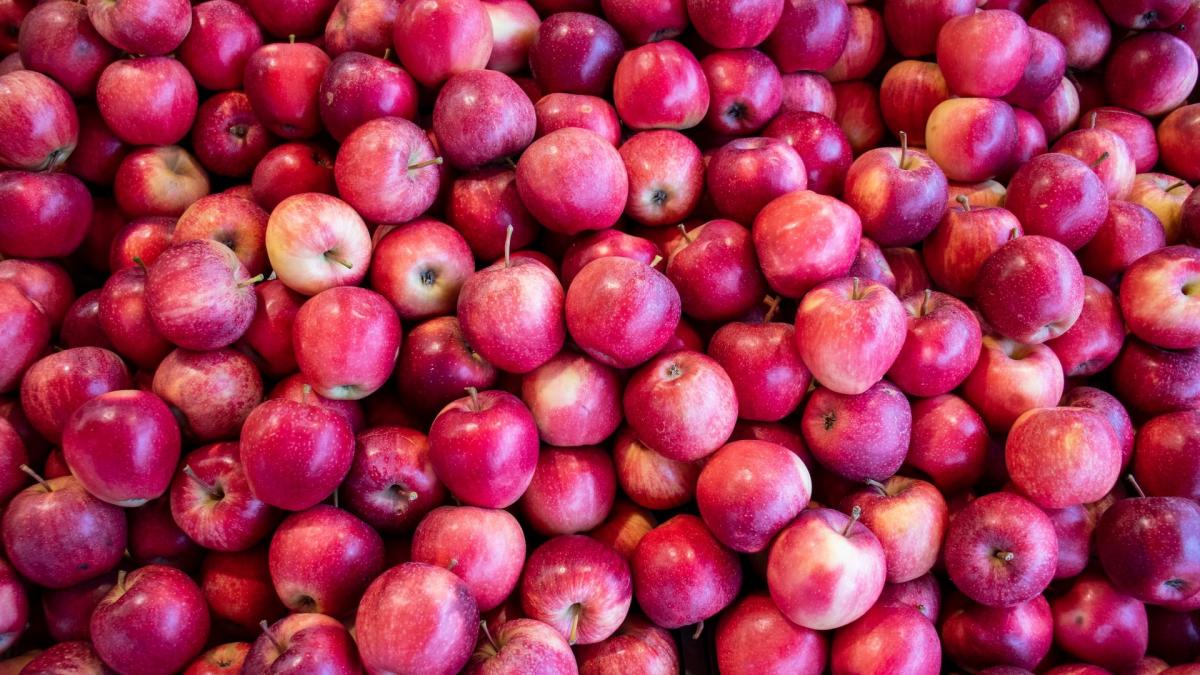
The China: Fresh Deciduous Fruit Annual report recently released by the U.S. Department of Agriculture’s Foreign Agricultural Service forecasts that China’s apple production will increase slightly to 45 million metric tons in the 2023/24 season. However, the report also predicts a 20% decrease in apple imports, attributing the decline to reduced supplies and rising prices in major exporting countries.
Shaanxi, China’s primary apple-producing province, experienced adverse weather conditions this season, including low temperatures and hail in late April. Meanwhile, Shandong, the second-largest producing province, faced challenges with frost during pollination in the spring as well as high temperatures in June and July, resulting in lower yields. Gansu, the third-largest producing province, also suffered from a severe frost in April, potentially causing a 30% reduction in output.
Despite these setbacks, industry insiders expect that China’s total apple production will match last year’s levels, with good harvests in other producing areas offsetting the losses in Shandong and Gansu. Overall, the report forecasts a 1% increase in production this season, with output reaching 45 million metric tons. However, the unfortunate weather patterns during the growing period have led to a general drop in quality, including smaller fruit and the occurrence of rust.
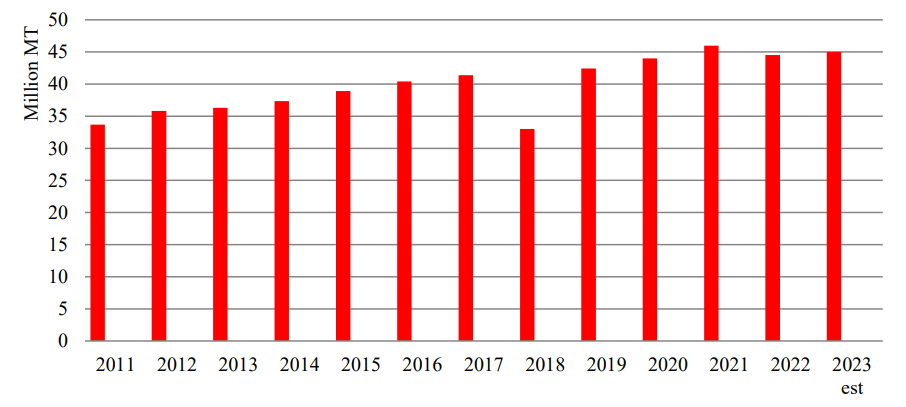
Tightening farmland use policies and the replacement of less productive trees are driving a gradual reduction in apple acreage across China, which is projected to fall from 1.96 million to 1.94 million hectares this season. Fuji apples continue to dominate, constituting approximately 70% of total production, with late-maturing varieties that are typically harvested in October accounting for 80% of the market share. The development of early-maturing varieties that can be harvested during the summer months remains slow because most of these apples are not suitable for prolonged storage. Apple breeders in China have also introduced several new varieties, including Venus Gold, Ruixue, Ruiyang, Daphne Red, Mingyue and Ruli, all of which are quite distinct from Fuji apples. The outputs of these new varieties remain relatively low, however, because of the reluctance of most farmers to adopt the more sophisticated planting techniques and put in the additional investment required for their cultivation.
Dwindling domestic supplies and rising production costs have kept apple prices high since the beginning of the 2022/23 season. The China Fruit Marketing Association reports a record average price of 8.8 Chinese yuan ($1.24) per kilogram for second-grade apples (8 centimeters in diameter and above), marking an 18% increase from the previous year. Traders have attributed this price increase to the scarcity of high-quality apples, leading to a slower market flow as purchasers wait for prices to fall.
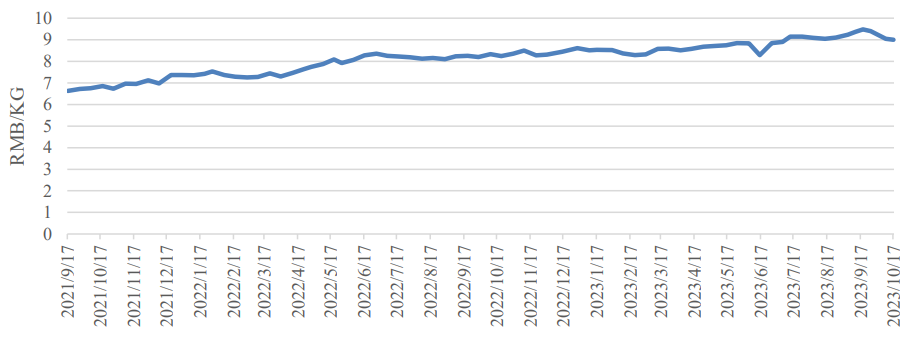
According to the China Statistical Yearbook, China’s per capita consumption of fresh fruits and melons fell from 55.5 kilograms in 2021 to 54.7 kilograms in 2022. Consumption is expected to rebound slightly in 2023 and continue to grow throughout 2024. While most people still prefer larger fruits, sales of medium-sized fruits have increased during the post-pandemic era, particularly in northern China, as consumers become more conscious of cost. At the same time, many higher-income consumers have made the switch from imported fruits to high-quality domestic produce.
With limited varieties and huge domestic supplies, China’s apple consumption remains stagnant, and there remains a strong demand for novel apple varieties, including those imported from abroad. Reports indicate that consumers continue to value taste over appearance.
China’s apple imports are forecast to fall by 20% to 76,000 metric tons in the 2023/24 season, primarily on account of reduced supplies in New Zealand. China imports more than half of its non-domestic apples from the Southern Hemisphere country, which has developed numerous unique varieties that are attractive to Chinese consumers. Imports from South Africa, China’s second-largest supplier, have also slowed amid tight supplies.
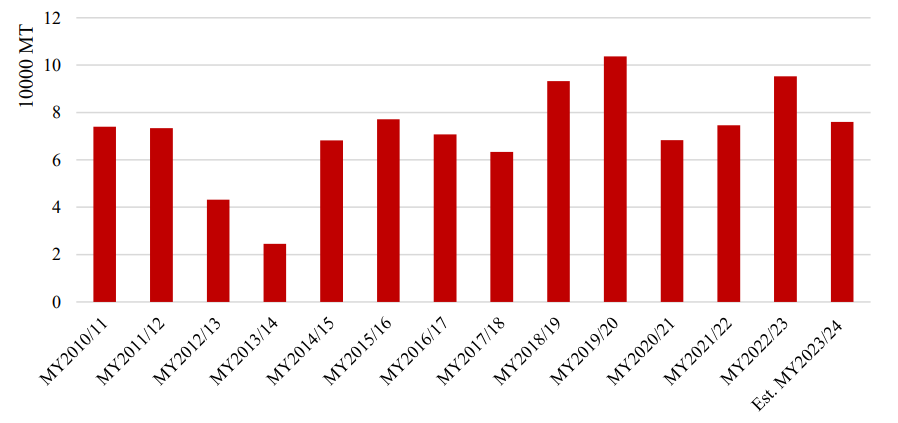
By contrast, China’s apple exports are expected to rebound by 13% to 880,000 metric tons this season. Despite a decline in quality, exports to South Asia and Southeast Asia are set to increase, driven by a preference for smaller apples in these markets. The implementation of the Regional Comprehensive Economic Partnership trade deal is anticipated to improve infrastructure and expedite customs clearance procedures, facilitating increased trade between China and Southeast Asia.
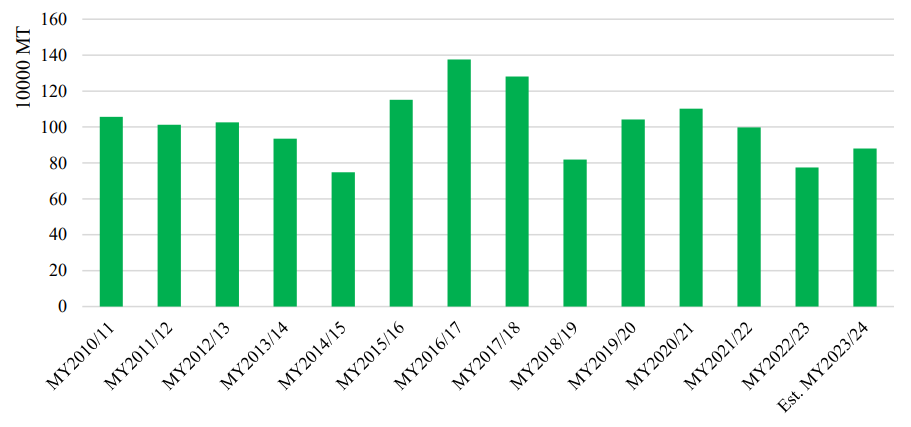
Images: Unsplash (main image), U.S. Department of Agriculture (body images)
This article was based on a Chinese article. Read the original article.



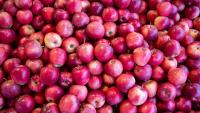
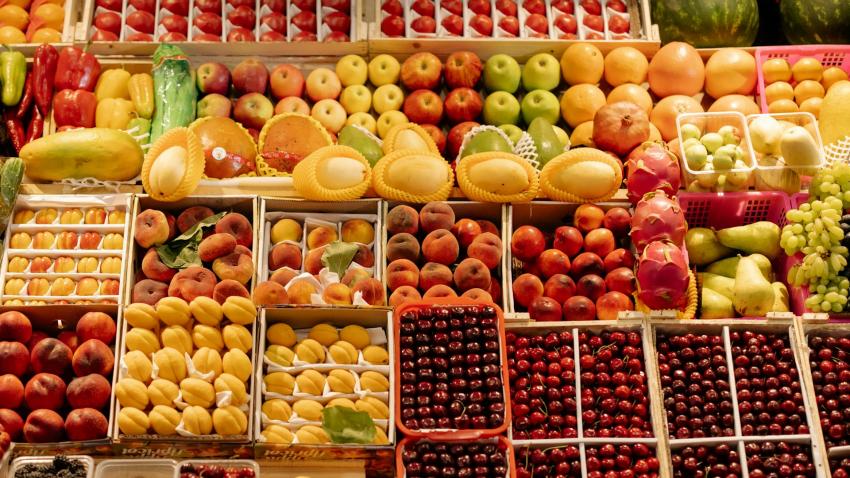
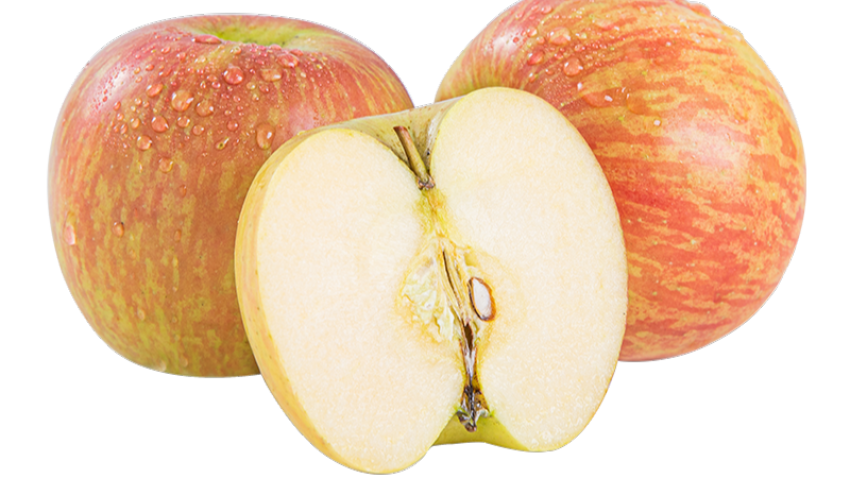







Add new comment